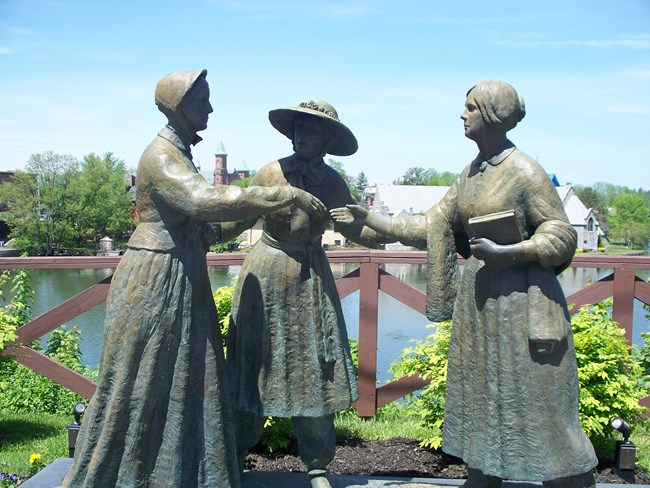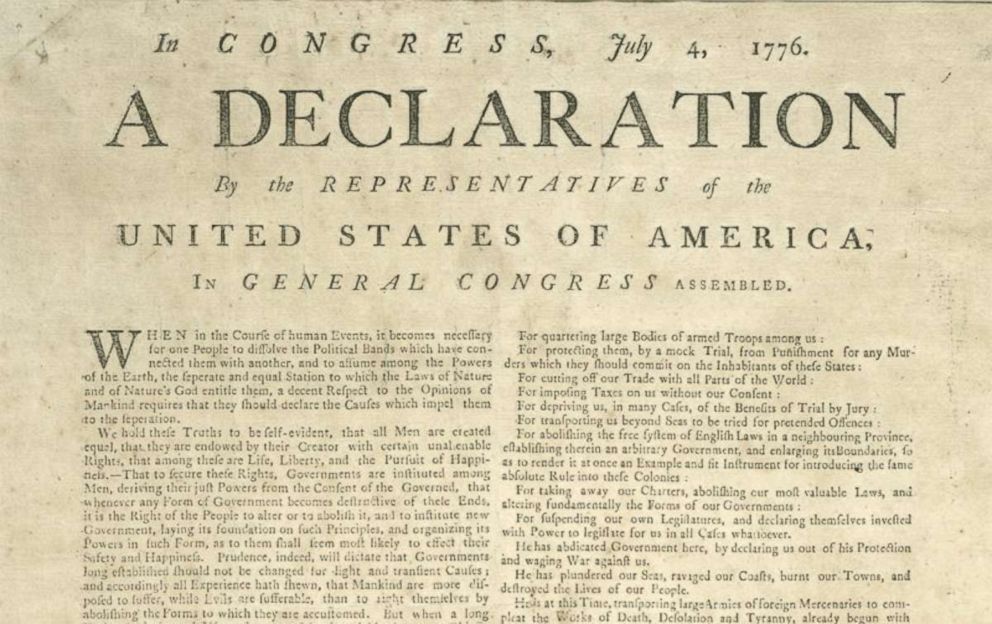1. The democratic principles included at the beginning of the document are identical to those expressed in the Declaration of Independence. For instance, all men and women are created equal, all people have an unalienable right to life, liberty, and the pursuit of happiness, etc.
2. Some of the grievances expressed in the Declaration of Sentiments include women having little representation in government, medicine, law, or the church, no women's suffrage, a lack of women's civil liberties, women's inability to make equal wages as men, etc.
3. A list of resolutions accompanied each and every grievance introduced in the document that met the convention's demands. For instance, one resolution concerning women's misrepresentation in government was to grant all women the right to vote, as this would give women more of a voice in politics.
4. Many notable individuals signed the Seneca Falls Declaration of Sentiments including Frederick Douglass, Elizabeth Cady Stanton, Lucretia Coffin Mott, Martha Coffin Wright, and Harriet Cady Eaton. One important figure who did not sign the document, however, was Susan B. Anthony.


The Seneca Falls Declaration of Sentiments very closely resembles the Declaration of Independence because it strives for women's independence in a patriarchal world.

















